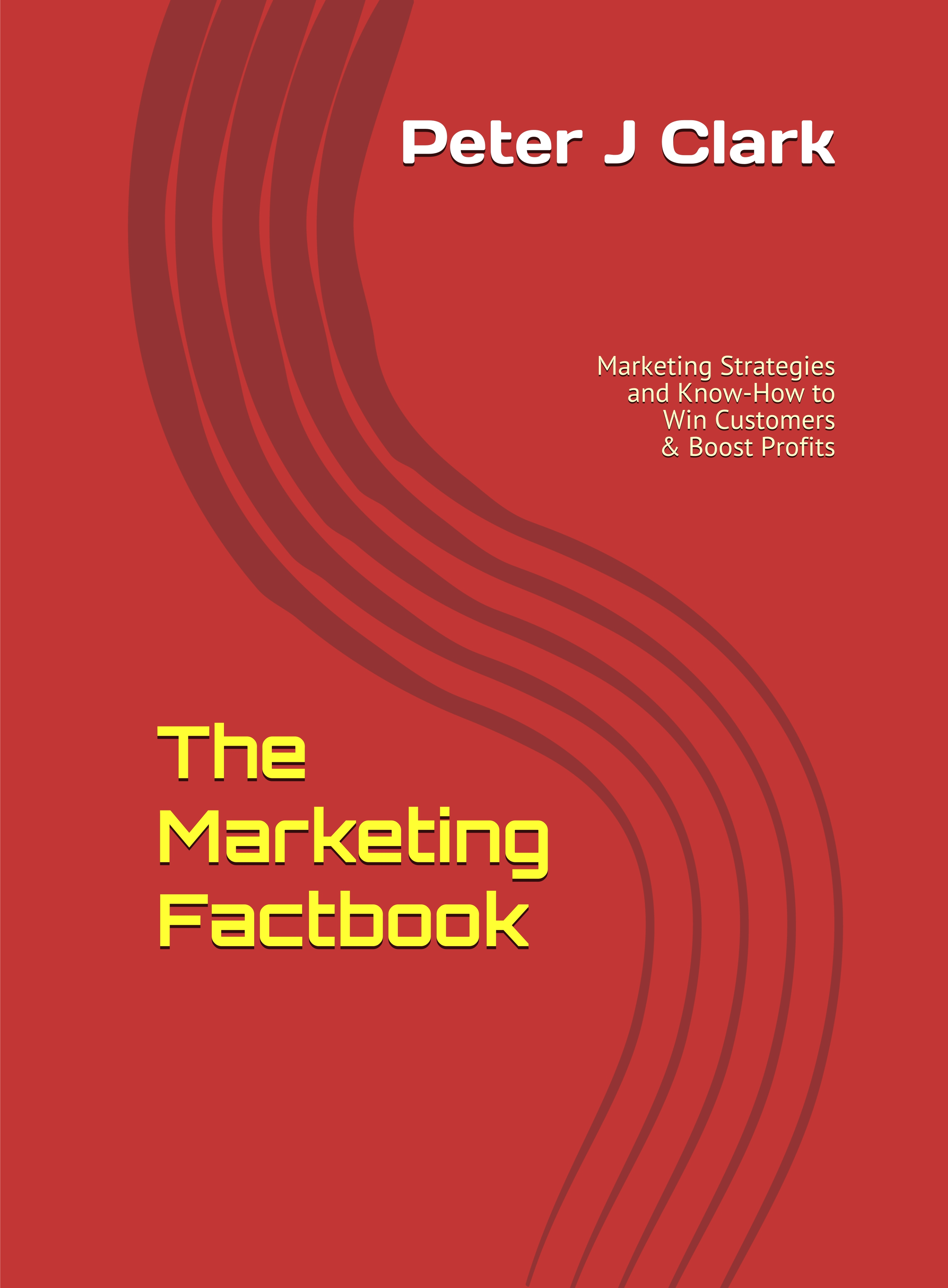CPGs should go direct-to-consumer, Carlson says
Improvements in consumer packaged goods (CPG) sales and marketing used to simply mean spending more money through advertising and promotion to achieve the desired lift, but a white paper from Carlson Marketing suggests that there might be trouble in this particular marketing paradise.
According to the white paper, entitled 'New and Improved: A Futuristic Approach to CPG Loyalty', consumers' brand attachment and engagement - as well as a CPG brand's growth prospects - are not the certainly that they once might have been. In fact, Carlson suggests that change is urgently needed to help keep marketing costs down, as well as to deal with other challenges, including customer-centricity, private label competition, price erosion, and a growing lack of media efficiency.
The solution, the company suggests, lies with a new approach to customer loyalty. Using direct-to-consumer transaction tracking techniques, new approaches to analysing customer data and using digital marketing have taken loyalty programmes and relationship marketing to a new level. This technology and customer relationship focus offer customer loyalty marketers a whole new direction, the paper says.
This developing technology - particularly with the proper use of barcodes to generate and track critical customer data across channels - can certainly make a mid-term and long-term strategic difference for CPG brands. According to Suzy Cox, vice president for Carlson Marketing, "CPG has relied on traditional marketing strategies for a short-term win, often overlooking the customer experience in favour of product tweaks. This leaves the customer's attachment to the brand in danger when loyalty is threatened by private label brands, struggling retailers, and desperate competitors."
The white paper explains several loyalty-related problems and solutions for CPG brands. For example:
- Determining specific loyalty programme details
One size does not fit all brands. CPG brands must favour long-term innovation rather than episodic experimentation. The biggest difference between CPG loyalty circa 2000 and CPG loyalty future are market networks of partners, the paper explains. If a brand can rely on one partner for planning, execution, tracking, and automation that programme is more likely to strengthen customer relationships and become as sustainable and valuable as any series of network TV spots. - Identifying partners
When identifying and designing a coalition partnership, it is important to consider infrastructure, promotion and continuous marketing campaigns. Loyalty programmes live and die on the ability to generate and manage customer data. Without the proper infrastructure, money is wasted and customers can be alienated by a poor redemption or reward experience. Customer data warehouses and analytics are a key part of the infrastructure. - Barcodes
Barcode technology also has advanced to the point where it can predictably feed that customer data engine and automatically administrate points and rewards. Barcodes do this by tying the physical product sold at stores to the brand headquarters. That is an essential part of loyalty infrastructure that many CPG brands have overlooked.
"With customer loyalty on the line in a US$2.2 trillion business, it deserves a new approach, including a long-term commitment and a long-term strategy," concluded Cox.
The full white paper has been made available for free download - click here (PDF document; 357Kb; no registration needed).
Sources: Carlson Marketing / The Marketing Factbook.
Copyright © 2010 - 2025 The Marketing Factbook.
Categorised as:
- Customer Experience
- Customer Loyalty
- Knowing The Customer
- Marketing Know-How
- Marketing Technology
